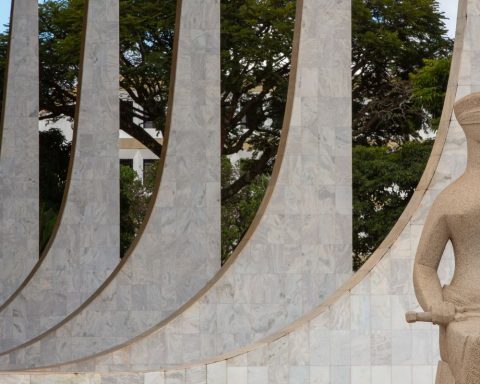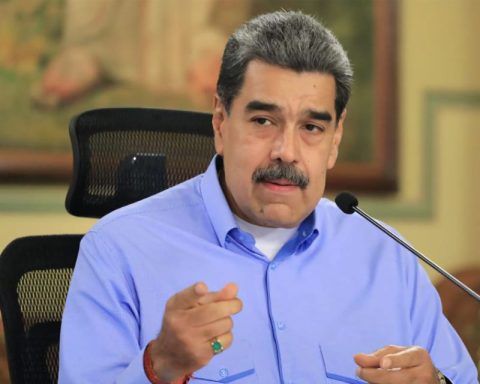The devaluation of several commodities (primary goods with international prices) and the increase in imports resulting from the economic recovery caused the trade balance surplus (exports minus imports) to fall in November. Last month, the country exported US$7.03 billion more than it imported, a 20% drop compared to the same month in 2023.
Despite the decline, this was the second best result for November since the beginning of the historical series, in 1989. The surplus is second only to November of last year, when the trade balance was positive at US$8.789 billion.
With November’s result, the trade surplus in 2024 reaches US$69.856 billion. The amount is 22% lower than that from January to November 2023, but it is the second best for the period in the historical series, also second only to the same period last year.
In relation to the monthly result, exports remained stable, while imports soared, driven by chemical components, medicines and capital goods (goods used in production). In November, Brazil sold US$28.021 billion abroad, an increase of 0.4% compared to the same month in 2023. Purchases from abroad totaled US$20.991 billion, an increase of 9.5%.
On the export side, the drop in the international price of oil, iron ore, soybeans and corn were the main factors that caused the drop in the value sold. The price of some products, such as coffee, cellulose and meat, rose last month, offsetting the decrease in the price of other products.
On the import side, purchases of non-electric engines, auto parts, medicines, and chemical components rose. The biggest increase, however, was related to non-electric motors and machines, the value of which purchased increased by 31.2% in November compared to November last year. Brazil imported 12.9% less engine volume, but the price rose 50.7% in the same comparison.
Last month, the volume of exported goods rose 5.5%, driven by fuels, crude oil, coffee and meat, while prices fell 4.7% on average compared to the same month last year. In terms of imports, the quantity purchased rose 18.8%, but average prices fell 6.6%, indicating the increase in foreign purchases resulting from the economic recovery.
Sectors
In the agricultural sector, the end of harvests had a greater impact on the reduction in exports. The volume of goods shipped fell 23.1% in November compared to the same month in 2023, while the average price fell 3.4%.
The manufacturing industry was the exception, with the quantity exported rising 10.3%, with the average price increasing 0.2%. In the extractive industry, which encompasses the export of minerals and oil, the quantity exported rose 21.2%, while average prices fell 16%.
I estimated
In November, the government had revised downwards the trade surplus projection for 2024. The estimate fell by US$79.2 billion to US$70 billion, a drop of 28.9% compared to 2023. In the previous forecast, from July, the drop was estimated at 19.9%. This was the last projection of the year.
According to the Ministry of Development, Industry, Commerce and Services, exports will fall 1.2% in 2024 compared to 2023, ending the year at US$335.7 billion. Imports will rise 10.2% and close the year at US$264.3 billion. Purchases from abroad are expected to increase due to the recovery of the economy, which increases consumption.
Forecasts are more pessimistic than those of the financial market. The Focus bulletin, a survey of market analysts released every week by the Central Bank, projects a surplus of US$75 billion this year.

















